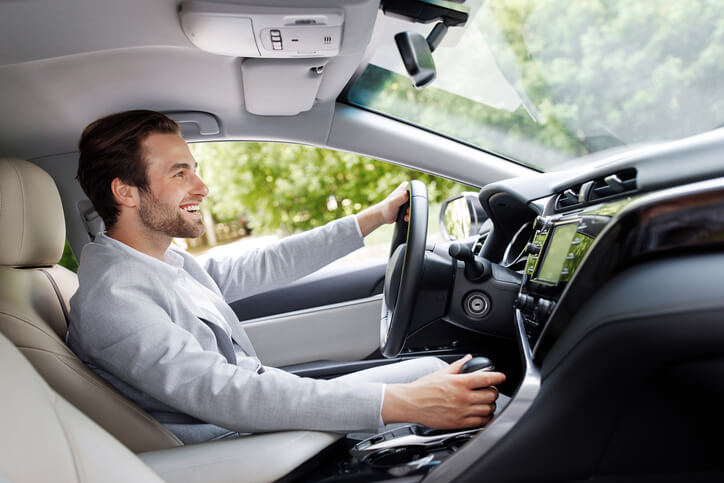Exploring the Impact of UX in Automotive Technology
When we think about automotive innovation, our minds often jump to powerful engines, sleek designs, or cutting-edge electric drivetrains. However, one of the most essential aspects shaping modern automotive technology is something you don’t see on a spec sheet: user experience (UX).
UX determines how easily drivers can interact with their vehicles, find information, and make adjustments—all while staying safe on the road. UX in automotive technology is reshaping how drivers interact with their cars, ensuring safety, efficiency, and an unparalleled driving experience. For students considering a future in automotive technology, understanding the role of UX is becoming more critical than ever.
What Is UX in Automotive Technology?
UX in the automotive world refers to how drivers feel and function while interacting with their car’s technology. It’s about more than just buttons and screens; it’s the entire experience, from turning on the ignition to using advanced driver-assistance systems.
A well-designed UX makes driving the car intuitive, accessible, and enjoyable, helping drivers focus on the road and get the most out of their vehicles. In short, UX bridges a vehicle’s sophisticated technology and the people who rely on it daily.
How Hybrid and Electric Vehicles Rely on UX
Hybrid and electric vehicles have features that traditional cars don’t have—like energy flow displays, charging status indicators, and regenerative braking systems. If these features are confusing or difficult to access, drivers can become frustrated or even reluctant to use them. That’s where significant UX design steps in.
For example, Clear, simple displays showing how energy is being used can help drivers make more informed decisions and feel confident behind the wheel. Easy-to-understand charging instructions reduce stress at the charging station, while intuitive controls ensure that new technology feels approachable rather than intimidating. Ultimately, UX can make the transition to hybrid and electric vehicles smoother and more rewarding.

Why Automotive Students Should Care About UX
Students pursuing automotive technology training should pay close attention to the growing emphasis on UX. As vehicles become more complex and feature-rich, employers are increasingly seeking professionals who understand modern vehicles’ mechanical and digital aspects. Knowing how to assess user interfaces, interpret driver feedback, and collaborate with UX teams can give graduates a distinct advantage in a competitive job market.
Additionally, UX directly impacts driver safety, satisfaction, and brand loyalty. A well-designed interface can reduce distractions, helping drivers keep their eyes on the road and their hands on the wheel.

The Future of UX in Automotive Technology
As self-driving cars and connected vehicles become more prevalent, the role of UX will only grow. Autonomous vehicles will rely heavily on clear, responsive interfaces that keep passengers informed and reassured.
Meanwhile, connected car technology will introduce new ways for drivers to interact with their vehicles and the outside world, from voice-controlled commands to real-time traffic updates. Understanding UX principles helps future technicians provide better service and solutions and prepares them to adapt to a constantly evolving industry.
Kickstart Your Career With Automotive Technology Training at ATC
The Automotive Technology Training program at ATC Cambridge provides comprehensive, hands-on training designed to prepare students for entry-level positions in the automotive industry.
Taught by experienced instructors, the program covers essential skills such as brake system servicing, suspension and steering repairs, wheel alignment, and advanced diagnostics of electrical and fuel injection systems. This program equips students with the practical knowledge to diagnose and repair various automobile makes and models.
Do you want to explore programs at our automotive school?
Contact ATC Cambridge for more information.


